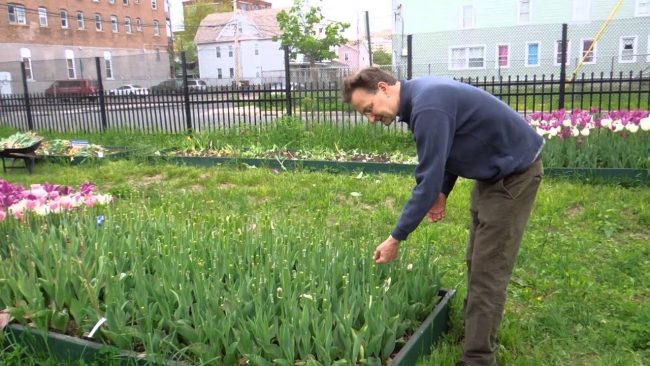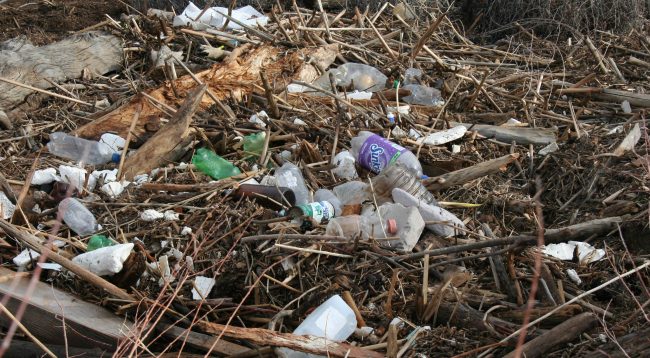Cacao – a word that evokes a sense of indulgence, mystery, and timeless allure. In this exploration, we trace the origins of Original Cacao, delving into its birthplace, the essence that makes it unique, and its contemporary revival. Join us on a journey that transcends time, from the heart of Mesoamerica to the global palate to get cacao.
- Introduction
A. The Allure of Cacao
Few substances in the world hold the same allure as cacao. Its rich aroma, complex flavors, and the comfort it provides have made it a beloved part of many cultures across centuries.
B. Tracing the Origins of Original Cacao
Original Cacao takes us back to the roots of this remarkable plant, exploring its origins in Mesoamerica and the profound cultural significance it held for ancient civilizations.
C. Cacao: Nature’s Timeless Treasure
Cacao is not just a beverage or an ingredient; it’s a timeless treasure gifted to us by nature herself, bearing witness to the passage of centuries and the evolution of taste.
II. The Birthplace of Cacao
A. Mesoamerican Roots
1. Ancient Cacao in Mayan Culture
The Mayans, a civilization known for their sophistication and ingenuity, revered cacao as a sacred gift from the gods. It played a central role in their rituals and daily life.
2. The Aztec Connection
The Aztecs, too, held cacao in high regard, using it as currency, in ceremonies, and even in their daily meals.
3. The Role of Cacao in Rituals
Cacao was not just sustenance; it was a bridge to the divine, a conduit for connecting with higher realms in Mesoamerican rituals.
B. Botanical Insights
1. The Cacao Tree: Theobroma Cacao
The cacao tree, scientifically known as Theobroma Cacao, stands as the source of this beloved bean. It thrives in tropical regions and produces pods filled with cacao beans.
2. Cacao’s Tropical Habitat
Cacao’s natural habitat in the lush tropical regions of Mesoamerica shaped its cultivation and flavor profile.
3. The Enigmatic Cacao Pod
The cacao pod, the vessel of cacao beans, is a study in diversity. Pods come in various shapes, sizes, and colors, each holding the promise of cacao’s essence.
C. Historical Significance
1. Cacao as Currency
Cacao beans were once a form of currency, highlighting their value in Mesoamerican societies and beyond.
2. The Cacao Road Trade Network
Cacao was traded extensively through the Cacao Road, a network of trade routes connecting cacao-growing regions to distant markets.
3. Cacao’s Journey to Europe
Cacao’s journey didn’t end in Mesoamerica; it found its way to Europe, where it was transformed into the beverage we know today as hot chocolate.
III. The Essence of Original Cacao
A. Pristine Processing
1. Traditional Cacao Preparation
Original Cacao is prepared following traditional methods that honor the ancient traditions of Mesoamerica.
2. From Bean to Nib
The transformation of cacao beans into nibs involves a meticulous process that retains the purity and essence of the cacao.
3. Stone Grinding: The Ancient Technique
Stone grinding, an ancient technique, is often used to refine cacao into a smooth, velvety texture that enhances its flavor.
B. Flavor Notes
1. The Complex Taste Profile
Original Cacao boasts a flavor profile that is as complex as it is intriguing, with notes ranging from fruity and floral to earthy and nutty.
2. Terroir and Cacao Flavors
The terroir of cacao-growing regions imparts unique flavors to the beans, making each origin a distinct experience for the palate.
3. Bitterness and the Cacao Experience
Bitterness is an essential aspect of cacao, adding depth and character to the overall experience of consuming this ancient elixir.
C. Culinary and Medicinal Applications
1. Cacao in Traditional Mesoamerican Dishes
Cacao was not limited to beverages; it found its way into various traditional Mesoamerican dishes, offering a harmonious blend of flavors.
2. Cacao’s Medicinal Uses
Beyond its culinary applications, cacao was revered for its medicinal properties in Mesoamerica, where it was believed to have healing properties.
3. The Maya “Chocolatl” Beverage
The Maya had their version of a cacao beverage known as “chocolatl,” which was a frothy, spiced concoction enjoyed by both nobility and commoners.
IV. Modern Revival
A. The Contemporary Cacao Movement
1. Resurgence of Craft Chocolate
In recent years, there has been a resurgence of craft chocolate makers who focus on the purity and quality of cacao, taking it back to its roots.
2. Bean-to-Bar Artisans
Bean-to-bar artisans have embraced cacao’s essence, ensuring that every step of the chocolate-making process reflects the true nature of cacao.
3. Ethical and Sustainable Cacao Sourcing
The modern cacao movement places a strong emphasis on ethical and sustainable sourcing, ensuring that cacao farming benefits local communities and the environment.


